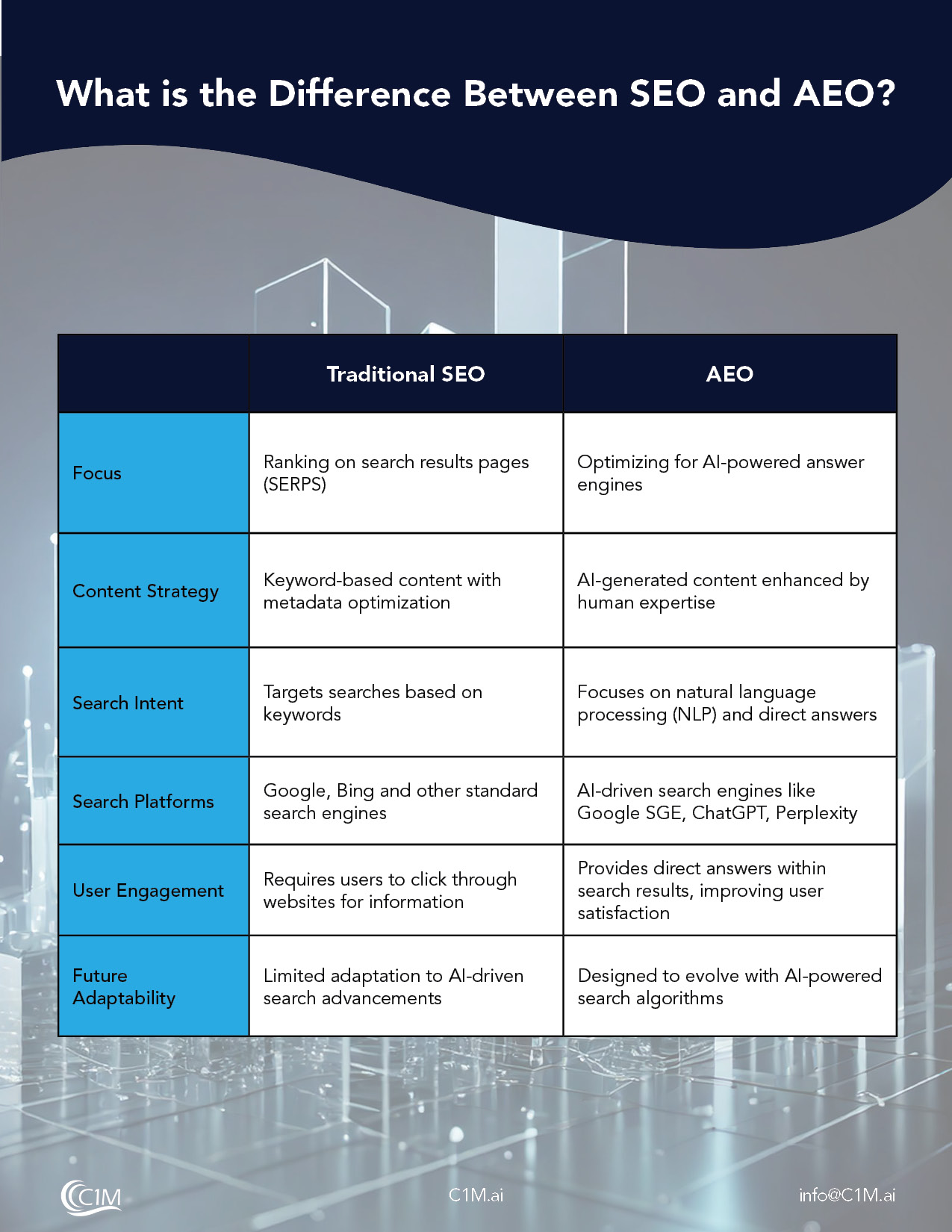
In today’s crowded consumer markets, you might have more competitors in your industry than ever before. That sounds like bad news, but there’s good news too: it’s easier than ever to find detailed information on those competitors. And that’s really good news because doing competitor analysis is essential to the success and growth of your business. That’s true in every industry and every market.
Why You Need to do Competitor Analysis
Evaluating your competitors is important because it allows you to map your position in the marketplace. Once you know where you stand, you can create an effective marketing strategy that capitalizes on your position and lets you reach new audiences and customers.
When you analyze what your competitors are doing well, you can find gaps you need to cover in your own business. And on the flip side, by identifying gaps your competitors have, you can find opportunities to grow in a space where they’ve failed to take the advantage.
How to do a Competitor Analysis
What’s the best way to analyze your competitors? We’ll start with a few basic steps.
Figure Out Who Are Your Competitors
You can’t evaluate your competition until you know who they are. This allows you to compare your data accurately – what works for one brand may not work for you.
Begin by sorting your competitors into two categories: direct competitors and indirect competitors. Direct competitors are businesses that are fairly similar to you – they offer a similar product or service, and they operate in the same geographic area that you do. Indirect competitors offer a product or service that isn’t the same as the ones you offer but could fill a similar need for your customers.
It’s not too complicated. But many business owners get that distinction wrong. And it’s a critical difference because you need to focus only on your direct competitors.
Why? Let’s look at an example: Doordash food delivery service vs. Instacart. Both companies will deliver food to your door, and you can order via an app. They might seem similar on paper. But the products they offer are not the same: one offers a full menu of pre-cooked food so the customer can enjoy immediately, while the other delivers groceries meant for cooking into meals yourself. They’re actually indirect competitors.
You shouldn’t ignore your indirect competitors completely – they could pivot their offerings suddenly and become a direct competitor. DoorDash could begin offering a grocery delivery service, and then they would become a direct competitor to Instacart. But for now, that’s not the case. Keep indirect competitors on your radar and regularly do a competitor analysis, because the market can change quickly. But they won’t be your main focus in the analysis.
Find Out What Your Competitors Offer
Now that you have a list of competitors, it’s time to take note of what products or services they offer. You will want to note their whole product line. And don’t forget about the quality they offer as well.
Some key items you’ll want to evaluate for each competitor are:
- What’s their market share?
- Are their offerings high or low cost?
- Do they mostly do volume sales or one-time purchases?
- What strategies do they use to differentiate themselves from the competition?
- What does their ideal customer want or need?
- How do they distribute their services or products?
- What’s their target market?
Don’t forget to note any discounts or pricing deals your competitors offer, either. This product and service analysis gets to the heart of your competitors’ businesses.
Find Out How Your Competitors Sell
Once you’ve dug into your competitors’ websites to discover their product offerings, you can begin to examine how they sell their products and how successful they are. The amount of information available on the internet makes competitive intelligence a lot easier to dig up. You can find a lot of this information just by digging around their websites, downloading annual reports, and reading anything they’ve written online.
What can you find out about their sales process? What channels do they use to sell, and how involved is a salesperson in the sales process? Do your competitors have multiple locations and is this an advantage? If you can find out data on their sales volume and revenue every year, that’s great data for comparison.
Never underestimate the power of a personal connection. If you have prospects who ultimately chose one of your competitors over you, you can reach out and ask them for open-ended feedback about their choice. Getting feedback from multiple prospects is even more helpful because it allows you to see trends in the feedback. Ideally, you should have access to all this information in a CRM system.
Look at Their Marketing Tactics
Now it’s time to take a peek into their marketing tactics.
What does the social media strategy of your competitors offer? Go through their social networks (not just Facebook, but LinkedIn, Instagram, and Twitter can yield rewards) to see how they connect with customers. Do they have a high engagement rate – lots of likes and comments on their social channels? Do they seem to have a social strategy, or do they only post sporadically?
Next, review their content marking strategies. Do they offer lots of content for customers and prospects on their website? Are they leaning more towards written content like blog posts, eBooks, case studies, or white papers? Have they used any newer content like videos, podcasts, or webinars? Are they effectively sharing that content on their social networks?
And don’t forget to check out the quality of their content – it’s not just about quantity. Do they have a lot of errors or grammar mistakes? Is their tone appropriate for your market, and is the content easy to read? Is everything surface level or more advanced dives into detailed knowledge?
Compare and Contrast
Competitor analysis isn’t just about comparing direct competitors to your business – you should also compare them to each other. This is easiest to do if you take the time to create a thorough profile for each business with all the information we gathered about them above. Create a side-by-side comparison of all the relevant information you’ve just gathered.
The most effective way to compare and contrast your business and your competitors’ businesses is by doing a SWOT analysis: strengths, weaknesses, opportunities, and threats.
- Strengths: What is your company doing well? Where are you succeeding? What do you provide to customers that your competition doesn’t?
- Weaknesses: Where does a competitor’s business outperform your company?
- Opportunities: Do you see changes in competing companies or emerging trends that could prove beneficial to your company in the long term?
- Threats: Do you see changes in competing companies or emerging trends that could disrupt your business?
Find Your Unique Position
During a competitor analysis, you’ll find plenty of ways your business is similar to your competitors. But what should also emerge is where there is a unique market position for your company.
You now know what your competitors provide. It’s time to start thinking about what makes you stand out from the crowd. Use your SWOT analysis to find what you do well that competitors don’t, or even where they don’t have an offering that you could provide.
Maybe it’s a wider range of products or a completely unique product. Perhaps it’s a totally customizable service or a service that’s much faster than anything else on the market. Maybe it’s your lower prices that help you stand out. Perhaps it’s your strong company values that differentiate you. Whatever it is, now you know how you can market yourself to your customers and stand out from the crowd.
What Comes Next
With the valuable data you’ve gathered during your competitor analysis, you should have a much clearer view into how you can market and sell your products or services to your customers. Even if your market seems crowded with direct competitors, there’s almost always a way you can find to differentiate yourself from them and make an impression on your prospects.
Don’t forget to set up a regular schedule for doing competitor analysis again – at least quarterly is a good start. Stay aware and ahead of your competition and your business will thrive.
Get Help to Stand Out
Business owners like you have a lot on your plate – and marketing tasks like competitor analyses can fall to the side, even if you recognize how important they are. That’s when you should enlist the help of a team of digital marketing experts like C1M. We’ll help you figure out how you can stand out from the crowd, based on real data. And we’ll come up with a plan together for how you can get measurable results that put you ahead of the competition every time.
Schedule your consultation today and get ready to get real growth for your business.



